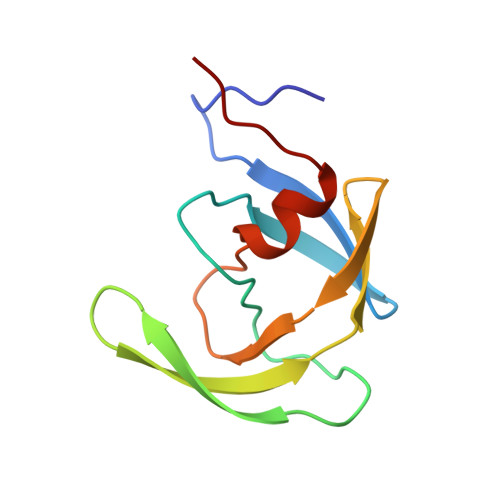Cyclic urea amides: HIV-1 protease inhibitors with low nanomolar potency against both wild type and protease inhibitor resistant mutants of HIV.
Jadhav, P.K., Ala, P., Woerner, F.J., Chang, C.H., Garber, S.S., Anton, E.D., Bacheler, L.T.(1997) J Med Chem 40: 181-191
- PubMed: 9003516
- DOI: https://doi.org/10.1021/jm960586t
- Primary Citation of Related Structures:
1QBR, 1QBT, 1QBU - PubMed Abstract:
Cyclic urea amides, a novel series of HIV-1 protease (HIV PR) inhibitors, have increased activity against drug-resistant mutants of the HIV PR. The design strategy for these inhibitors is based on the hypotheses that (i) the hydrogen-bonding interactions between the inhibitor and the protease backbone will remain constant for wild-type and mutant enzymes and (ii) inhibitors which are capable of forming many nonbonded interactions, distributed throughout the active site, will experience a lower percent change in binding energy as a result of mutation in the target enzyme than those that form fewer interactions by partial occupation of the active site. The cyclic urea amide, SD146, forms 14 hydrogen bonds and 191 van der Waals contacts to HIV PR. SD146 is a very potent antiviral agent (IC90 = 5.1 nM) against wild-type HIV and maintains the same or improved level of high potency against a range of mutant strains of HIV with resistance to a wide variety of HIV protease inhibitors.
- DuPont Merck Research Laboratories, DuPont Merck Pharmaceutical Company, Wilmington, Delaware 19880, USA. jadhavpk@a1.lldmpc.umc.dupont.com
Organizational Affiliation:

















